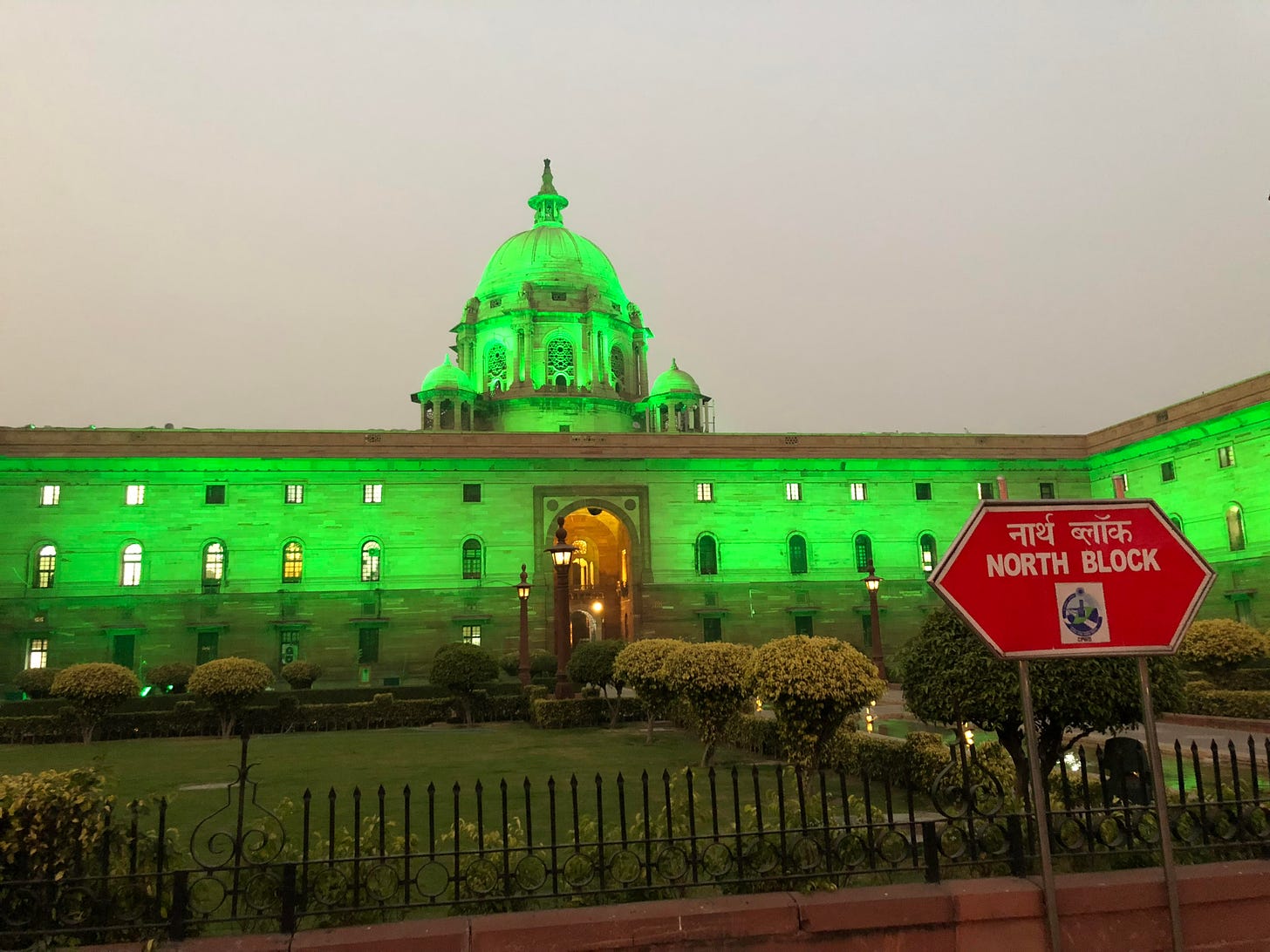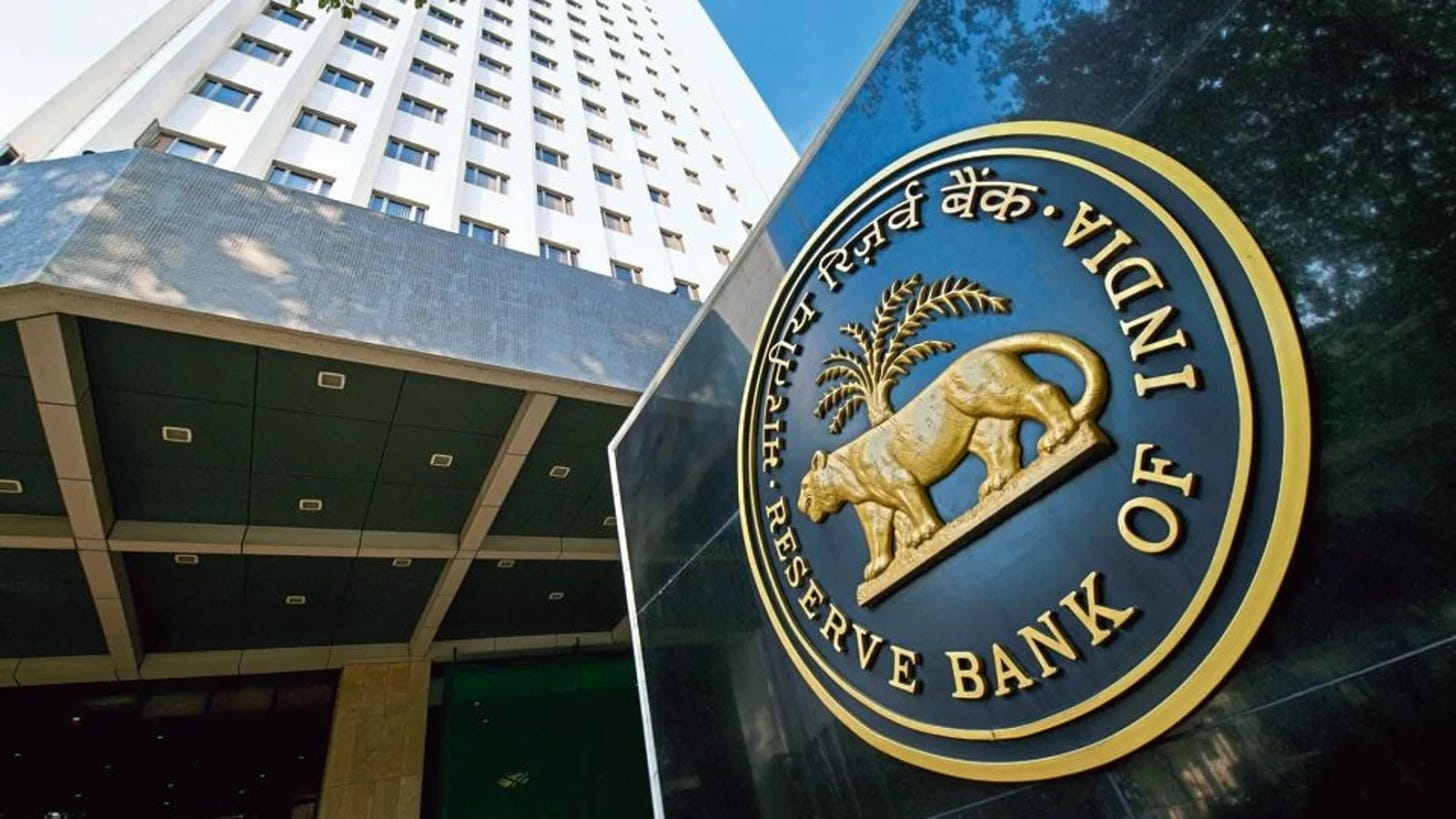RBI Statement post-MPC 2023: Our Analysis
“Statement on Developmental and Regulatory Policies”, the core part thereof, in focus.

RBI Statement Released
RBI's post-three-day Monetary Policy Committee (MPC) meeting statement was unveiled today (10.08.2023), highlighting the following key statistics:
The Repo Rate remains unchanged at 6.50%.
The Growth Rate projection for FY 2023-24 is set at 6.50%.
The Consumer Price Index (CPI) for FY 2023-24 is estimated at 5.4%, contingent on a normal monsoon.
Governor Shaktikanta Das delivered an extensive 11-page statement during the release, discussing the broader global and domestic macroeconomic context. However, the statement doesn't introduce any novel insights and is available for reference on the official RBI website.
Of greater relevance is the succinct one-page "Statement on Developmental and Regulatory Policies." This section delineates several policy actions concerning diverse facets of financial markets, regulatory frameworks, payment systems, and FinTech in India1. Here's our comprehensive evaluation of these measures, a preview ahead of the conventional television channels.
Positive Aspects
Benchmark Regulatory Framework: Strengthening the regulatory framework for financial benchmarks is a positive step. It can enhance transparency, accuracy, and integrity in benchmark calculations, which is crucial for financial markets' credibility and stability.
Regulatory Revision for IDFs: The revision of regulations for Infrastructure Debt Funds (IDFs) could potentially attract more investment into the infrastructure sector, aligning with the need for substantial investment in this area for economic growth.
Transparency in Lending: The proposed framework for responsible conduct in lending, particularly for floating interest loans, is aimed at protecting borrowers' interests and ensuring transparency. This can help prevent unethical practices and improve borrower trust in lending institutions.
Consolidation of Data Submission: Simplifying the supervisory data submission process for financial entities could reduce compliance burdens, minimize errors, and improve the efficiency of regulatory reporting.
UPI Innovations: The introduction of conversational payments and offline payments in UPI reflects an effort to improve convenience, accessibility, and reliability of digital payment systems, aligning with the government's push for a digital economy.
Frictionless Credit Platform: Creating a digital Public Tech Platform for Frictionless Credit has the potential to streamline the lending process by leveraging available data, thereby increasing efficiency and reducing processing time.
Critical Considerations
Implementation Challenges: While the policy measures are promising, effective implementation is crucial. The success of these initiatives relies heavily on coordination among different stakeholders, technological readiness, and institutional capacity.
Potential for Abuse: While the increased transaction limits for small value digital payments can encourage adoption, it also raises concerns about potential misuse and fraud. Striking a balance between convenience and security is essential.
Data Privacy and Security: The integration of data from various entities in the Frictionless Credit Platform poses data privacy and security challenges. Ensuring robust data protection mechanisms is essential to avoid breaches and misuse.
Language Barrier in UPI: While expanding UPI to more Indian languages is commendable, translating conversational payments and other features accurately could be challenging, potentially leading to miscommunication or misuse.
Innovation vs. Risk: The integration of AI and other innovative technologies in payment systems introduces new risks such as AI-related errors, biases, and vulnerabilities. Regulatory frameworks must address these risks adequately.
Unequal Access: While UPI innovations aim to deepen digital penetration, disparities in smartphone ownership, network coverage, and digital literacy can limit the benefits of these measures, particularly in rural areas.
FinTech Platform Adoption: The success of the Frictionless Credit Platform depends on the willingness of various data providers and financial institutions to participate. Overcoming resistance or concerns related to sharing data will be essential.
Summing up
In conclusion, the outlined policy measures hold significant promise to exert a positive influence on India's financial sector and accelerate the momentum towards digitalization. However, the successful execution of these measures hinges on skillfully addressing challenges, ensuring robust data security, and deftly balancing innovation with risk management. This delicate equilibrium is pivotal to achieving the desired outcomes while safeguarding the interests of all stakeholders involved.
Turning to the broader panorama of interest rates and inflation, the RBI confronts limitations in its actions due to the elevated level of open-market borrowing undertaken by both the Central Government and various states. As the nation enters an election year, anticipating further reductions in government expenditure remains impractical, despite the emergence of abnormally high inflation rates in specific commodities like tomatoes. These price surges can be attributed to supply-side limitations.
Recognizing these intricate complexities and formidable challenges, the RBI can chart a more informed course through the intricate terrain of economic management and policymaking2. It's important to note that interest rates are just one facet, albeit a crucial one, of this multifaceted landscape3.

https://drive.google.com/file/d/17LGlOTQfLGHSn_mvv7aPTtOu8FZHPbGH/view?usp=drivesdk






